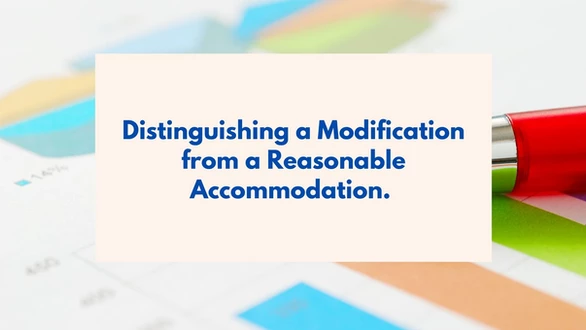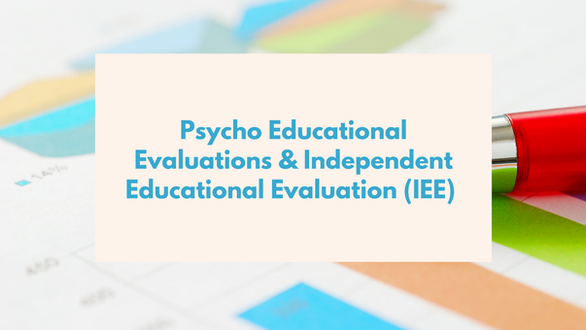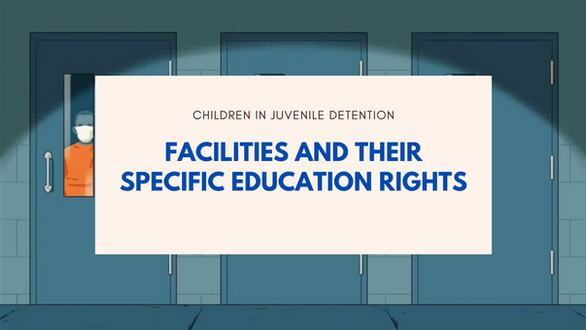A student’s level of learning varies from child to child, which is why it is necessary for both parents and schools to have specialized systems set up to give the individual the best kind of education possible. Fortunately, there are such systems that exist in public schools today that help parents take the first step in monitoring their child’s progress in school, especially when that child is having difficulty in the regular classroom. One such system is the Student Study Team (SST), otherwise known as the Student Intervention Team (SIT). The SST is a group formed within the school to help further examine a student’s academic, social-emotional and behavioral progress. The SST can propose interventions for the student when deemed necessary. The team usually consists of a teacher, administrator, and support personnel from the school. In certain cases, a special education teacher may also be involved to give his or her perspective, but it is important to understand that the student and the parents are the most essential members of the team; without their cooperation, the SST won’t be able to do its function. Getting an Assessment The process of getting an SST to work on your child’s case begins with calling an SST at the school. Make sure to clearly document your child’s case and submit the concerns to the school staff. Material information (psychological reports and assessments are a good example) is very useful to support your concerns. Advocate getting the assessment even if the staff disagrees. It is your child’s right to get the proper study system for his or her condition. Depending on the case, the SST will make an assessment based on the determination of what is causing the student to struggle in his or her studies. This may involve having specific learning disabilities, medical conditions, language barriers, etc… The district is given 15 school days to give the assessment plan to the family or the student. This may be extended if there is a school break that exceeds five school days. Additionally, if the assessment referral is ten days of fewer before the end of the school year, then the assessment plan must be given within the first ten days of the next school year. Post-Assessment Procedures Once an assessment plan is shown to the parents and is given consent to be implemented, the district will be given 60 calendar days to decide the student’s eligibility and areas of need. After the student is determined to need special education, another 30 days will be allowed for the development of the IEP (Individualized Education Program). Note that if the student enrolls in a different district, he or she must start over within the respective school district. In the event that the student will be unavailable for assessment, a break of more than 5 school days will be recalibrated for the timeline in developing the IEP.











